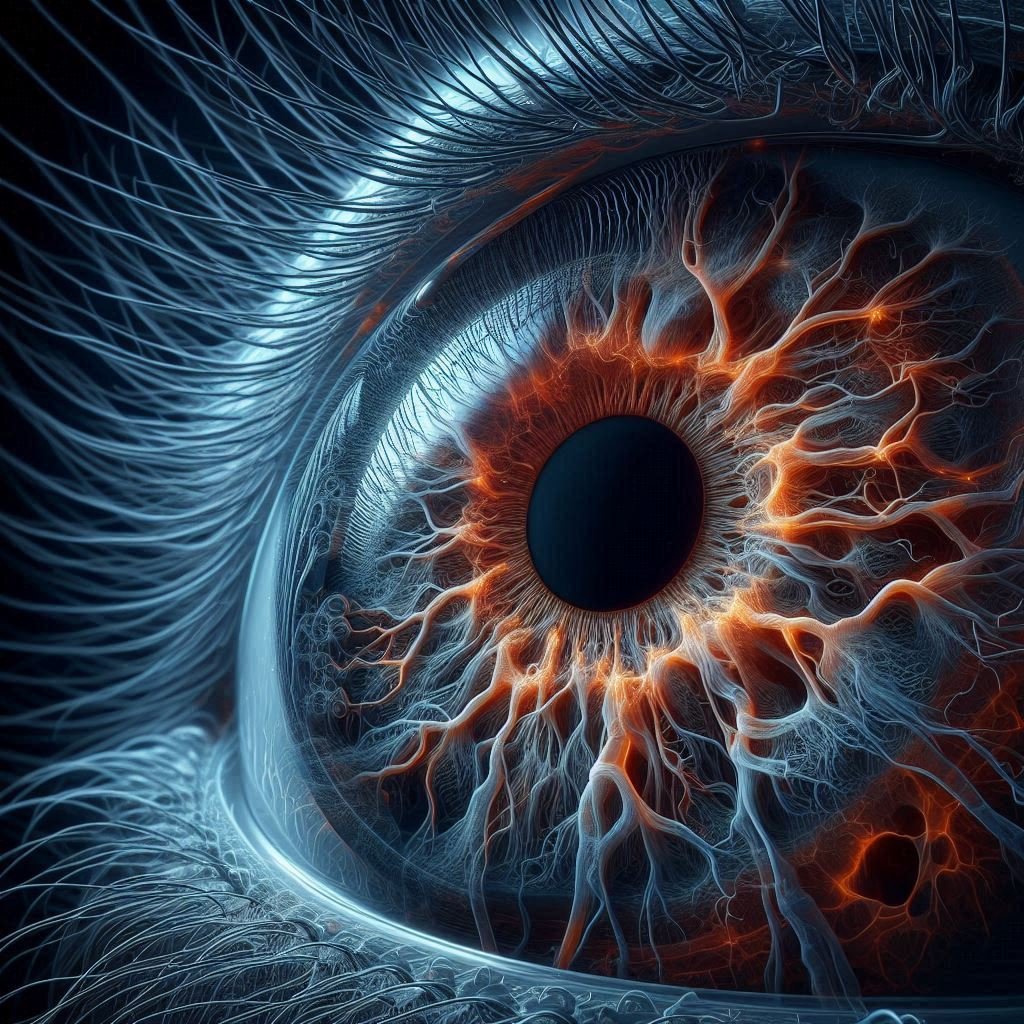
Retinal artery occlusion is a relatively uncommon eye condition. Retinal vessel occlusion is a blockage of the blood supply to the retina, the light sensitive membrane in the back of the eye. This is usually caused such as glaucoma, hypertension, diabetes, coagulation disorders, atherosclerosis, or hyperlipidemia.Vision loss after retinal vein occlusion varies. Hemorrhage (bleeding) may be present, and the person may be at risk for developing glaucoma. People with retinal vessel occlusion have a risk of stroke because the source of the clots (emboli) affecting the eye could also send clots to the brain.
RAO is more associated with smoking and cardiovascular disease, with an increased incidence of stroke in patients who have suffered RAO. Most common symptoms of retinal artery occlusion is loss of vision prior to the artery occlusion. There are two main types of retinal artery occlusion: branch retinal artery occlusion and central retinal artery occlusion. Causes of CRAO vary depending on the age of the patient. Common causes of central retinal artery occlusion includes diabetes mellitus, cardiac anomalies such as patent foramen ovale, migraine ,behçet disease , embolism, giant cell arteritis and coagulopathies from sickle cell anemia or antiphospholipid antibodies are more common etiologies for CRAO in patients younger than 30 years. Central artery occlusion is sudden, painless condition.
A branch retinal artery occlusion (BRAO) usually presents with painless and abrupt onset of peripheral vision loss, in some cases also causing central vision loss. Central retinal artery occlusion is an emergency. Drug therapy includes the use of carbonic anhydrase inhibitors to reduce the internal eye pressure and enhance movement of the occlusion. Topical medications are help to lower intraocular pressure. Hyperbaric oxygen (chamber where oxygen given under high pressure), carbogen (using carbon dioxide gas to dilate the blood vessels), or thrombolysis using medications to dissolve the clot may help. Aspirin is commonly used to prevent additional attacks of vessel blockage once one has occurred. Exercise and a low-fat diet are very important to prevent it.
Central Retinal Artery Occlusion Treatment and Prevention Tips:
1. Applying direct pressure for 5-15 seconds may help to dislodge the emboli.
2. Hyperbaric oxygen therapy may be beneficial.
3. Aspirin is commonly used to prevent additional attacks of vessel blockage.
4. Exercise regularly and eat low-fat diet are very important.
5. Using a needle to remove some of the fluids inside the eye (anterior chamber paracentesis).
6. Sometimes ocular massage to increase blood flow, decrease intraocular pressure(IOP) and possibly dislodge emboli.




